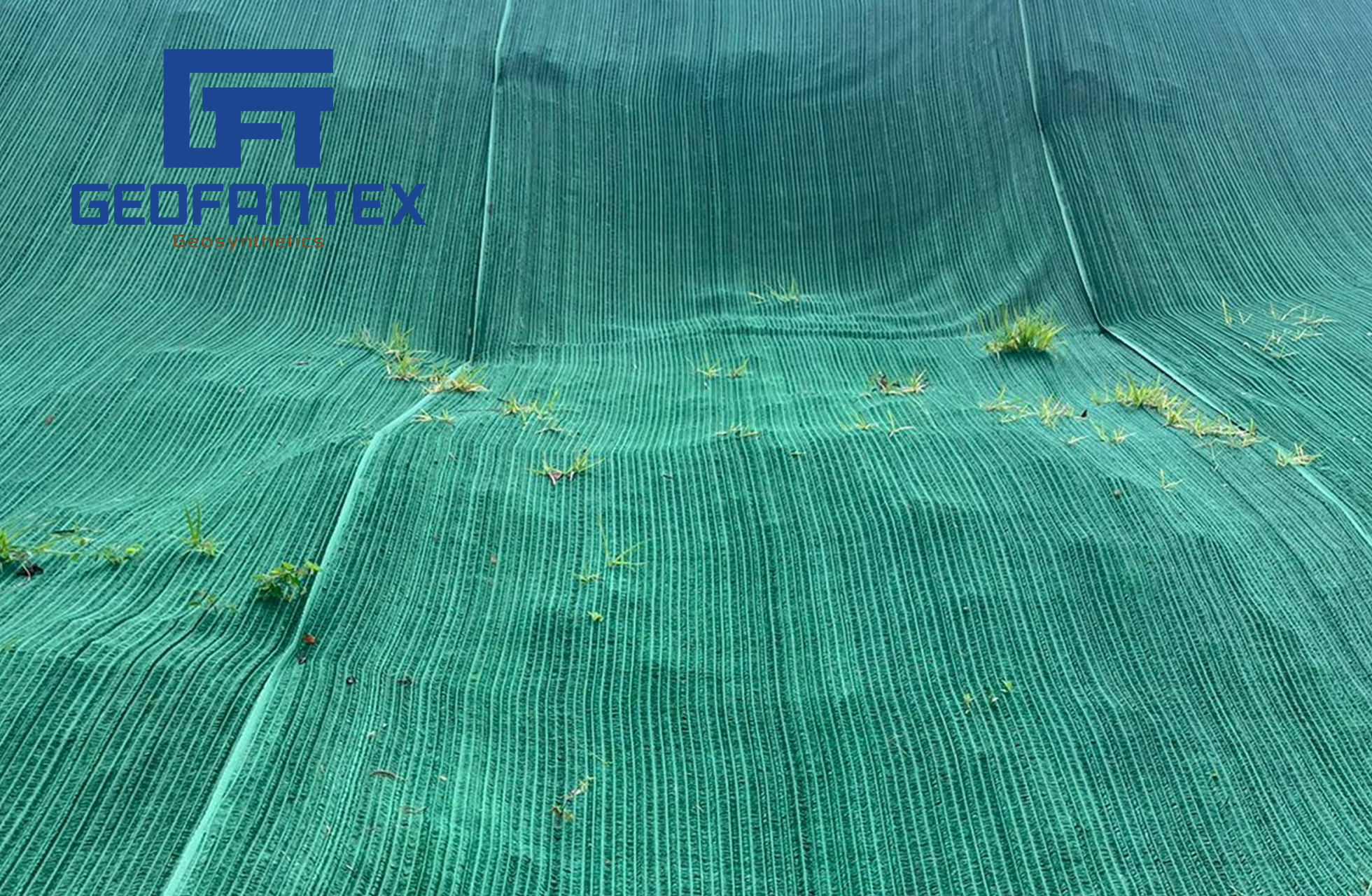+86-159 9860 6917
info@geofantex.com
geofantex@gmail.com
+86-400-8266163-44899
Understanding the diverse geosynthetic functions is pivotal in modern engineering and construction landscapes. Geosynthetics play an indispensable role in infrastructure development, boasting a spectrum of functions such as separation, filtration, drainage, protection, reinforcement, erosion control, barrier creation, and stress relief. These functions collectively optimize the stability, durability, and environmental sustainability of structures, ranging from roads and embankments to landfill liners and hydraulic engineering projects. Exploring the nuanced applications of geosynthetics illuminates their profound impact on enhancing structural integrity, managing environmental impact, and ensuring the longevity of diverse civil and geotechnical projects.
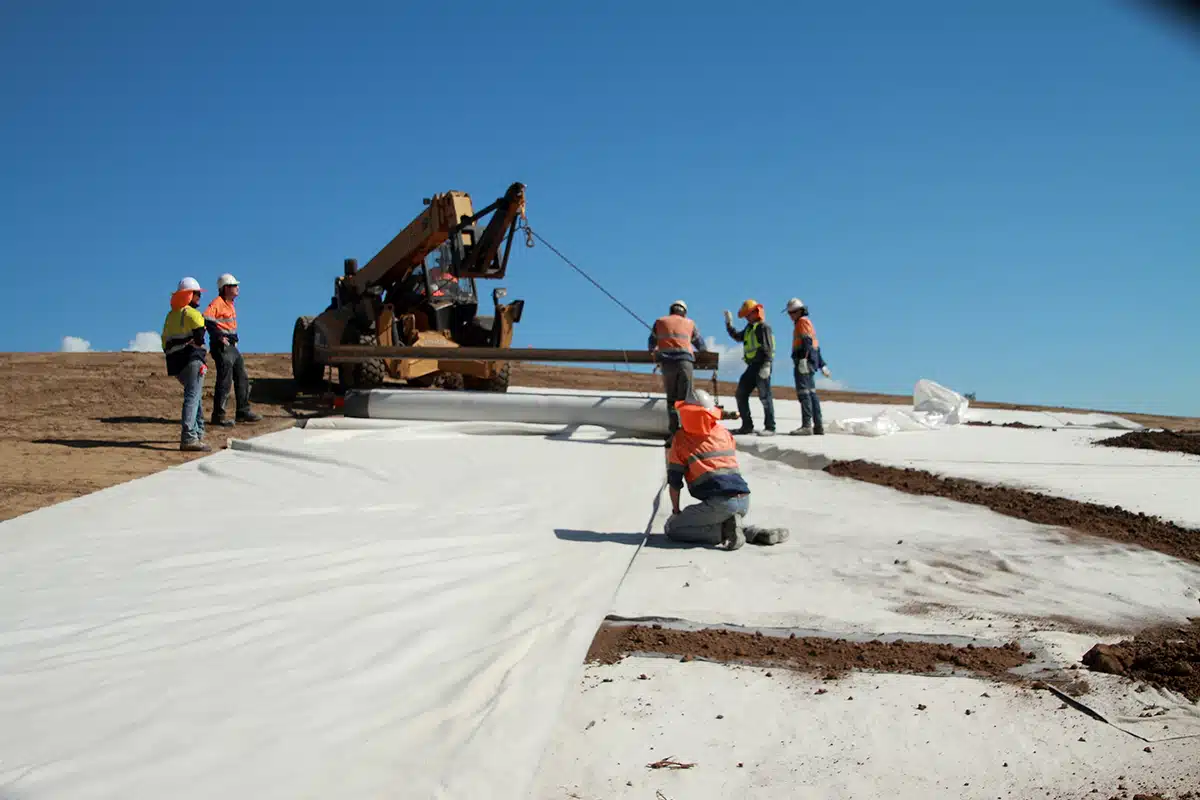
How many types of primary functions of geosynthetics are there?
International standard defines 8 main functions for geosynthetics: separation, filtration, drainage, protection, reinforcement, erosion control, barrier, and stress relief. It is specifically divided into:
- Separation: Geosynthetics prevent the mixing of different soil types or aggregate materials, maintaining the integrity of engineered structures and preventing intermixing of dissimilar materials.
- Filtration: Acting as filters, geosynthetics allow the passage of fluids while preventing soil particles from migrating, ensuring proper drainage and avoiding clogging in drainage systems.
- Drainage: These materials facilitate the efficient flow of water away from structures, preventing waterlogging and maintaining soil stability.
- Protection: Geosynthetics protect various components of infrastructure from damage caused by mechanical, chemical, or environmental factors, prolonging the life of structures.
- Reinforcement: By adding tensile strength and stability to the soil, geosynthetics reinforce slopes, embankments, and other structures, effectively redistributing stress and enhancing load-bearing capacities.
- Erosion Control: Used to control soil erosion, geosynthetics prevent the loss of soil due to water, wind, or other environmental factors, preserving landscapes and preventing sedimentation.
- Barrier: Acting as barriers against contaminants or fluids, geosynthetics prevent the movement or leaching of pollutants, ensuring environmental protection and containment.
- Stress Relief: Geosynthetics aid in stress relief within soil or structures, redistributing forces and mitigating potential damage caused by settlement or uneven loading.
Which polymeric material is used for manufacturing geosynthetics?
Geosynthetics encompass a wide array of materials derived from polymeric compounds, such as polypropylene (PP), polyester, polyethylene (PE), polyvinyl chloride (PVC), nylons, polystyrene (PS), and polyesters. Each of these materials contributes unique properties to the geosynthetic products, including but not limited to durability, flexibility, and chemical resistance, thereby addressing and fulfilling specific project requirements with precision.
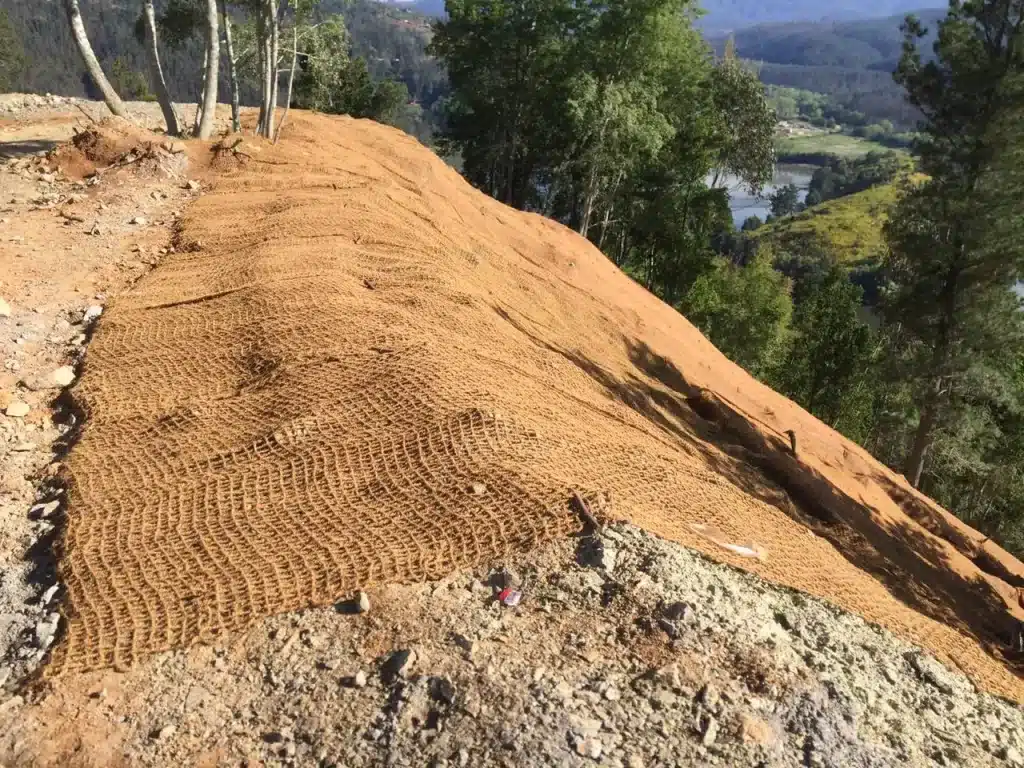
What are the application fields of geosynthetics?
The versatility of geosynthetics finds application across diverse sectors:
- Civil Engineering: Used in roads, railways, retaining walls, and embankments to enhance stability and prevent soil erosion.
- Environmental Protection: Employed in landfill liners, erosion control, and coastal protection, mitigating environmental degradation.
- Hydraulic Engineering: Applied in dams, canals, and reservoirs for erosion control and water management.
- Geotechnical Projects: Utilized in the reinforcement of slopes, soil stabilization, and foundation support for construction projects.
What are the advantages of geosynthetic material?
Geosynthetics are easy to use and cost-effective, and offer a plethora of advantages, which include:
- Improved Durability: Enhancing the lifespan of structures by mitigating wear and tear.
- Cost-Efficiency: Reducing construction time, materials, and maintenance expenses.
- Environmental Sustainability: Minimizing environmental impact by preventing soil erosion and promoting efficient drainage.
- Versatility: Adaptable to various applications and project requirements.
- Enhanced Performance: Strengthening soil and structures, ensuring long-term stability and reliability.
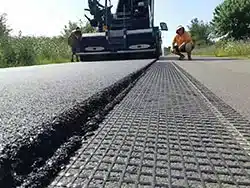

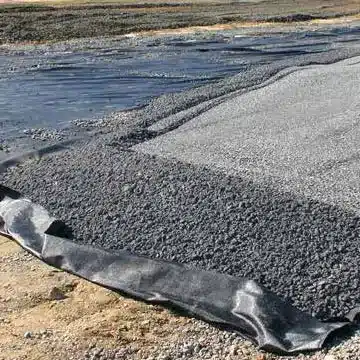
Get Free Sample
We’ll respond as soon as possible(within 12 hours)


















